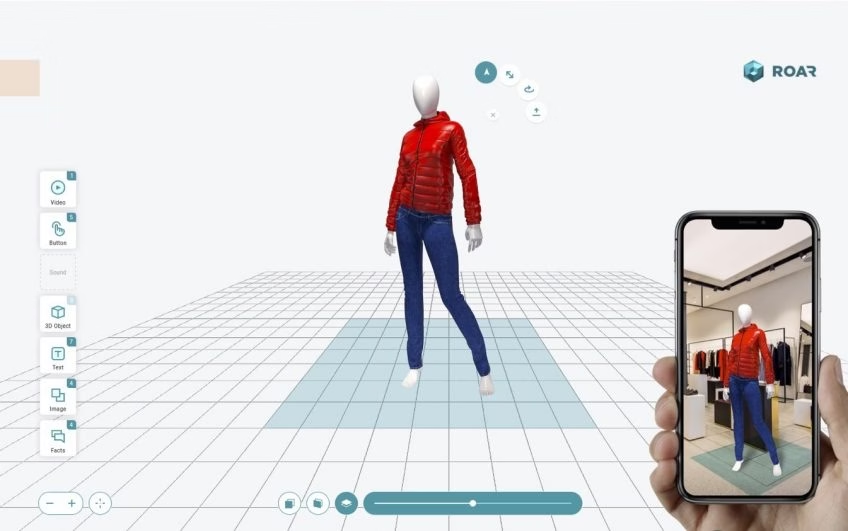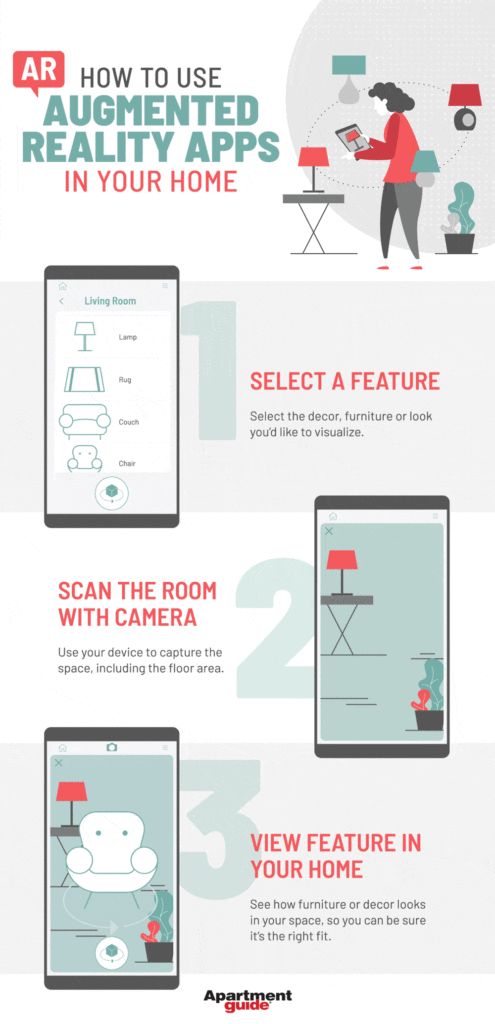Augmented reality (AR) is a technology that has been gaining immense popularity over the last few years. It is an exciting way to enhance the real world by overlaying digital information onto it. AR has been used in various industries, including gaming, education, healthcare, and retail, to create interactive experiences that engage users in a unique way. If you are looking to develop AR, you are in the right place. In this article, we will explore the steps you need to take to create your own AR experience.
Developing AR requires a combination of technical skills, creativity, and a deep understanding of user experience design. From creating 3D models to coding, there are many aspects to consider when developing AR. Whether you are a developer looking to build an AR app or a designer looking to create an immersive experience, this guide will provide you with the essential steps you need to get started. So, let’s dive in and explore the exciting world of AR development!
Augmented Reality (AR) can be developed by following steps:
- Step 1: Identify a use case for the Augmented Reality application.
- Step 2: Choose an Augmented Reality platform.
- Step 3: Create a 3D model of your application.
- Step 4: Develop the app logic and user interface.
- Step 5: Test and deploy the AR app.

How to Develop Augmented Reality?
Augmented Reality (AR) is a technology that overlays digital information onto the physical world to create a more immersive experience. It has become increasingly popular in recent years, and many businesses are looking to develop their own AR apps. But how do you go about creating an AR app? This article will provide a brief overview of the steps involved in developing an AR app.
Identify the Objective of the App
Before you begin development, it’s important to identify the objective of the app. Are you looking to create a game, a virtual tour, a training tool, or something else? This will help you determine the type of technology you need to use, the features you should include, and the resources needed.
Gather the Necessary Resources
Once you’ve identified your objective, it’s time to start gathering the resources needed to develop your app. If you’re creating a game, you’ll need to consider graphics, sound, and animation. If you’re creating a virtual tour, you’ll need to consider 3D models, images, and videos. Depending on the complexity of the project, you may need to hire a team of developers, designers, and animators.
Choose the Right Platform
Once you’ve gathered the resources needed, it’s time to decide on the platform for your AR app. There are a variety of platforms available, including Apple ARKit, Google ARCore, and Vuforia. Each platform has its own set of advantages and disadvantages, so it’s important to research each one and decide which one is best suited to your project.
Create a Prototype
Once you’ve chosen a platform, it’s time to start building your app. Begin by creating a prototype of your app that includes the basic features and functions. This will help you get an idea of how the app will look and feel. Once you have a working prototype, you can start testing and refining the app.
Test and Refine the App
Once you have a working prototype, it’s time to start testing and refining the app. Testing the app will help you identify any issues and make necessary adjustments to ensure the app is working as intended. This process is an ongoing one and should involve both developers and users.
Launch and Market the App
Once the app is ready for launch, it’s time to start marketing the app. This involves creating a website, using social media, and launching a paid advertising campaign. It’s also important to create a support system for your app, so that users can get help if they encounter any issues.
Analyze User Feedback and Make Adjustments
Once the app is launched, it’s important to analyze user feedback and make adjustments as needed. This will help you improve the user experience and ensure that your app is functioning as intended. It’s also a good opportunity to add new features and functions, as well as make bug fixes.
Frequently Asked Questions about Augmented Reality
Augmented reality (AR) is a technology that layers virtual elements on top of a real-world environment, creating a more immersive experience. AR is used in gaming, entertainment, and educational applications, and has many potential applications for businesses in industries such as retail, manufacturing, and healthcare.
What is Augmented Reality?
Augmented reality (AR) is a technology that blends digital content with a physical environment in real-time. It is different from virtual reality (VR) which creates a completely digital environment. AR is used to enhance the real-world environment with virtual elements such as 3D models, audio, video, animations, and other interactive elements. AR applications are used in gaming, entertainment, and educational applications, and have potential applications in many business industries.
How do You Develop Augmented Reality Apps?
Developing an augmented reality (AR) app requires some knowledge of programming languages, such as C# or Java, and frameworks, such as Unity or Vuforia. It is also necessary to understand the basics of 3D modeling and animation. Once the 3D models and animations have been created, they need to be integrated with the AR framework. This can be done by writing code that links the 3D models and animations to the framework. The code needs to be written in such a way that it can track the user’s movements and respond accordingly.
What Technologies are Used to Create Augmented Reality Apps?
To develop augmented reality (AR) apps, developers usually use frameworks such as Unity or Vuforia. These frameworks provide the tools necessary to create 3D models, animations, and other interactive elements. Additionally, developers use programming languages such as C# or Java to write code that links the 3D models and animations to the AR framework. The code needs to be written in such a way that it can track the user’s movements and respond accordingly.
What are the Benefits of Augmented Reality?
Augmented reality (AR) has many benefits, both for users and businesses. For users, AR provides an immersive experience that can be used in gaming, entertainment, and educational applications. For businesses, AR can be used to provide an enhanced customer experience, improve efficiency, and reduce costs. AR can also be used to provide information in real-time, such as product information, directions, and pricing.
What Industries Use Augmented Reality?
Augmented reality (AR) is used in a variety of industries, including retail, manufacturing, healthcare, and education. In retail, AR can be used to provide product information, directions, and pricing in real-time. In manufacturing, AR can be used to improve efficiency and reduce costs by providing detailed visual instructions. In healthcare, AR can be used to provide detailed visualizations of medical information. In education, AR can be used to create immersive learning experiences.
In conclusion, developing augmented reality requires a combination of technical skills, creativity and a strong understanding of user experience. It is important to keep in mind that augmented reality is still a relatively new technology, and there is a lot of potential for innovation and growth in this field. By staying up-to-date with the latest developments and trends, and by constantly experimenting and refining your approach, you can create truly engaging and immersive augmented reality experiences that captivate and delight your users.
Ultimately, the key to success in developing augmented reality is to approach it with a sense of curiosity and experimentation. By embracing the unique possibilities of this technology, and by constantly pushing the boundaries of what is possible, you can create experiences that are truly transformative and unforgettable. With the right combination of technical skill and creative vision, the possibilities for augmented reality are truly endless, and the future of this exciting field is sure to be full of exciting developments and new opportunities.


